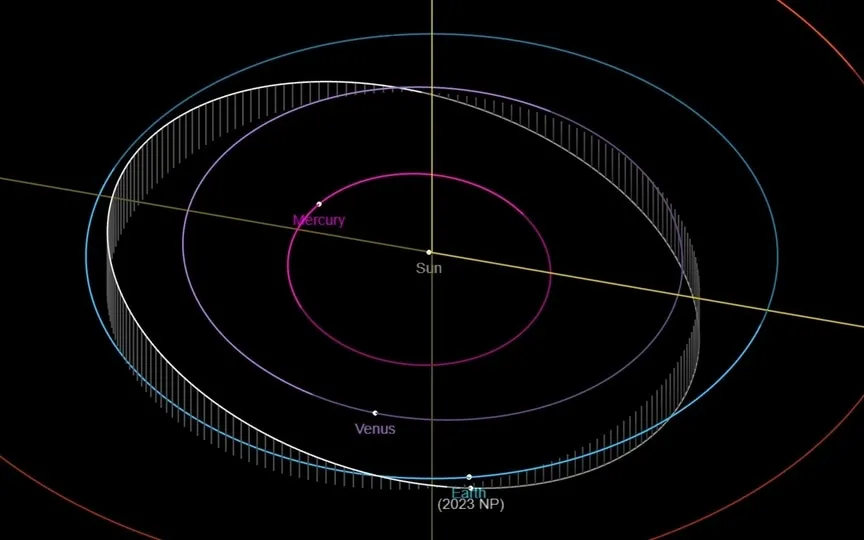NASA Telescopes Monitor Rapidly Moving Asteroid Heading Towards Earth
Asteroids, which are remnants from the early stages of our solar system’s creation approximately 4.6 billion years ago, are referred to as ancient celestial bodies. These objects occasionally come close to Earth but at safe distances. NASA has conducted numerous missions to closely examine these rocks. While the DART Test gained attention as the inaugural planetary defense test last year, the space agency has also undertaken missions such as Dawn, OSIRIS-REx, and Hayabusa2.
The purpose of these missions is to study asteroids, minimize the uncertainties associated with their hazards, and determine whether we can extract resources from them in the future. Asteroid research is critical because it can provide valuable information about the early stages of solar system and planetary development. In addition, these celestial bodies may contain useful resources such as metals and water that can be exploited in future space missions.
NASA has also revealed details of an asteroid that will pass the planet at close range. But does it make a difference? Read on to find out.
When will it pass Earth?
According to data released by NASA CNEOS, the asteroid named Asteroid 2023 NP is approaching Earth at breakneck speed and is expected to make its closest approach to the planet today, July 14.
How big is it and how fast is it going?
This asteroid is not a planet killer due to its relatively small size and has decided to pass the planet safely. NASA estimates it to be about 65 feet wide, which is comparable to a small house!
The space agency has also revealed that Asteroid 2023 NP belongs to the group of Aten asteroids, which are Earth-crossing Near-Earth Asteroids (NEAs) with semi-major axes smaller than Earth’s. They are named after the asteroid 2062 Ate, and the first of their kind was discovered by American astronomer Eleanor Helin at the Palomar Observatory on January 7, 1976.
This space rock is currently traveling towards Earth at a speed of 29,660 kilometers per hour. It comes close to 5 million kilometers, and while this distance may seem large, it is a relatively small amount by astronomical distances considering the size of the asteroid.




